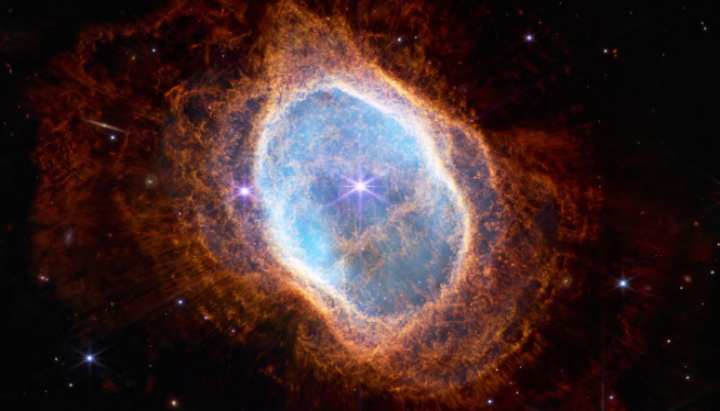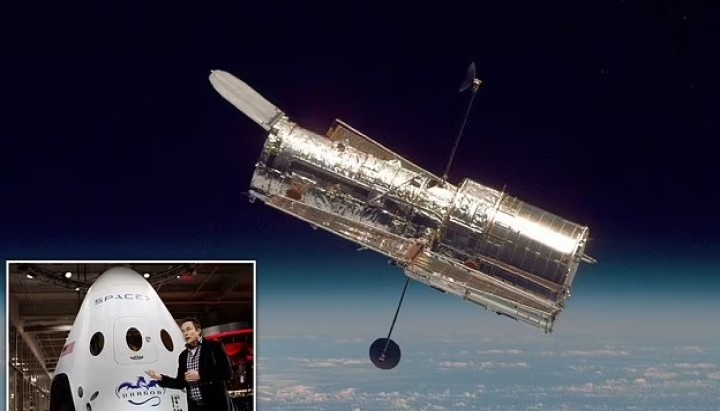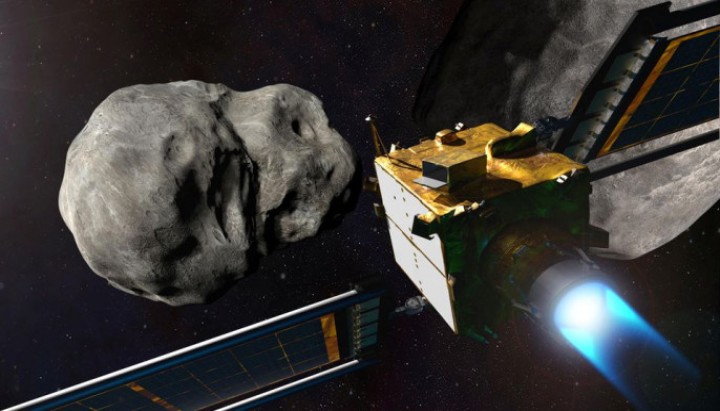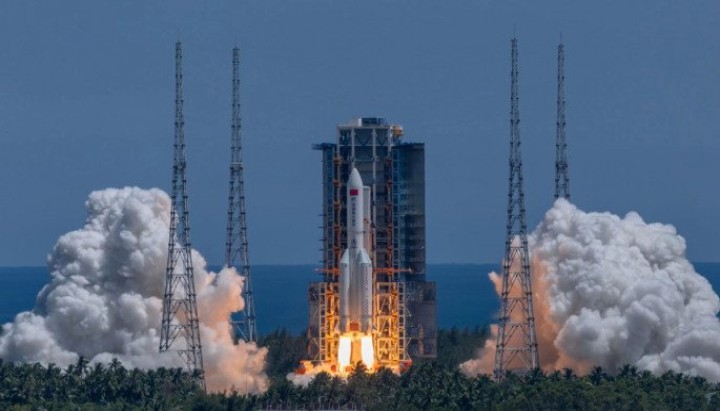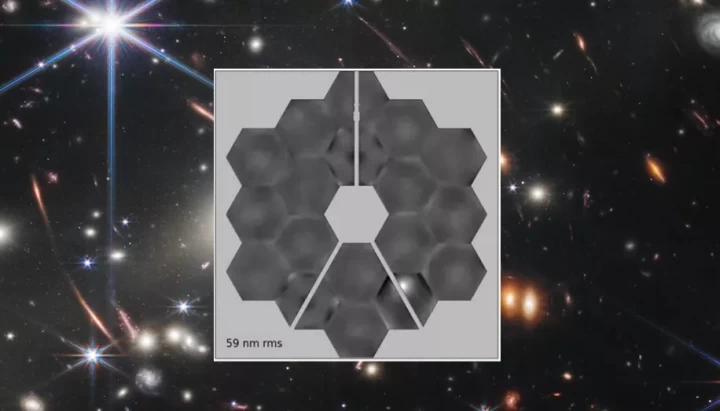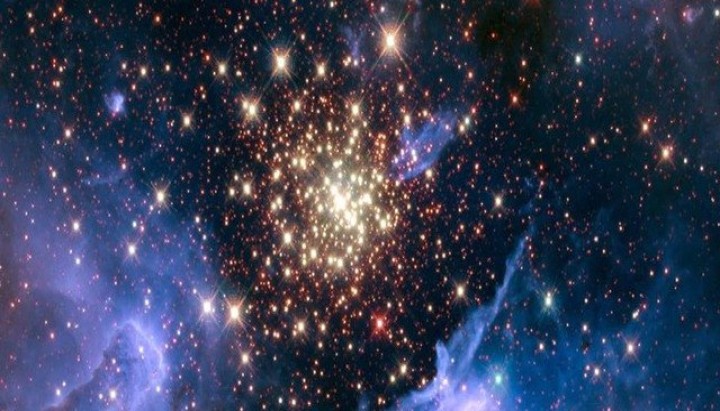NASA's DART
spacecraft successfully slammed into a distant asteroid at hypersonic speed on
Monday in the world's first test of a planetary defense system, designed to
prevent a potential doomsday meteorite collision with Earth.
Humanity's first attempt to alter the motion of an asteroid
or any celestial body played out in a NASA webcast from the mission operations
center outside Washington, DC, 10 months after DART was launched.
The livestream showed images taken by DART's camera as the
cube-shaped "impactor" vehicle, no bigger than a vending machine with
two rectangular solar arrays, streaked into the asteroid Dimorphos, about the
size of a football stadium, at 7:14 pm EDT (2314 GMT) some 6.8 million
miles (11 million km) from Earth.
The $330 million mission, some seven years in development,
was devised to determine if a spacecraft is capable of changing the trajectory
of an asteroid through sheer kinetic force, nudging it off course just enough
to keep Earth out of harm's way.
Whether the experiment succeeded beyond accomplishing its
intended impact will not be known until further ground-based telescope
observations of the asteroid next month. But NASA officials hailed the
immediate outcome of Monday's test, saying the spacecraft achieved its purpose.
"NASA works for the benefit of humanity, so for us it's
the ultimate fulfillment of our mission to do something like this - a
technology demonstration that, who knows, someday could save our home,"
NASA Deputy Administrator Pam Melroy, a retired astronaut, said minutes after
the impact.
DART, launched by a SpaceX rocket in November 2021, made
most of its voyage under the guidance of NASA's flight directors, with control
handed over to an autonomous on-board navigation system in the final hours of
the journey.
Monday evening's bullseye impact was monitored in near real
time from the mission operations center at the Johns Hopkins University Applied
Physics Laboratory in Laurel, Maryland.
Cheers erupted from the control room as second-by-second
images of the target asteroid, captured by DART's onboard camera, grew larger
and ultimately filled the TV screen of NASA's live webcast just before the
signal was lost, confirming the spacecraft had crashed into Dimorphos.
DART's celestial target was an oblong asteroid
"moonlet" about 560 feet (170 meters) in diameter that orbits a
parent asteroid five times larger called Didymos as part of a binary pair with
the same name, the Greek word for twin.
Neither object presents any actual threat to Earth, and NASA
scientists said their DART test could not create a new hazard by mistake.
Dimorphos and Didymos are both tiny compared with the
cataclysmic Chicxulub asteroid that struck Earth some 66 million years ago,
wiping out about three-quarters of the world's plant and animal species
including the dinosaurs.
Smaller asteroids are far more common and present a greater
theoretical concern in the near term, making the Didymos pair suitable test
subjects for their size, according to NASA scientists and planetary defense
experts. A Dimorphos-sized asteroid, while not capable of posing a planet-wide
threat, could level a major city with a direct hit.
Also, the two asteroids' relative proximity to Earth and
dual configuration make them ideal for the first proof-of-concept mission of
DART, short for Double Asteroid Redirection Test.
Robotic suicide mission
The mission represented a rare instance in which a NASA
spacecraft had to crash to succeed. DART flew directly into Dimorphos at 15,000
miles per hour (24,000 kph), creating the force scientists hope will be enough
to shift its orbital track closer to the parent asteroid.
APL engineers said the spacecraft was presumably smashed to
bits and left a small impact crater in the boulder-strewn surface of the
asteroid.
The DART team said it expects to shorten the orbital path of
Dimorphos by 10 minutes but would consider at least 73 seconds a success,
proving the exercise as a viable technique to deflect an asteroid on a
collision course with Earth - if one were ever discovered.
A nudge to asteroid millions of miles away years in advance
could be sufficient to safely reroute it.
Earlier calculations of the starting location and orbital
period of Dimorphos were made during a six-day observation period in July and
will be compared with post-impact measurements made in October to determine
whether the asteroid budged and by how much.
Monday's test also was observed by a camera mounted on a
briefcase-sized mini-spacecraft released from DART days in advance, as well as
by ground-based observatories and the Hubble and Webb space telescopes, but
images from those were not immediately available.
DART is the latest of several NASA missions in recent years
to explore and interact with asteroids, primordial rocky remnants from the
solar system's formation more than 4.5 billion years ago.
Last year, NASA launched a probe on a voyage to the Trojan
asteroid clusters orbiting near Jupiter, while the grab-and-go spacecraft
OSIRIS-REx is on its way back to Earth with a sample collected in October 2020
from the asteroid Bennu.
The Dimorphos moonlet is one of the smallest astronomical
objects to receive a permanent name and is one of 27,500 known near-Earth
asteroids of all sizes tracked by NASA. Although none are known to pose a
foreseeable hazard to humankind, NASA estimates that many more asteroids remain
undetected in the near-Earth vicinity.
- Reuters


